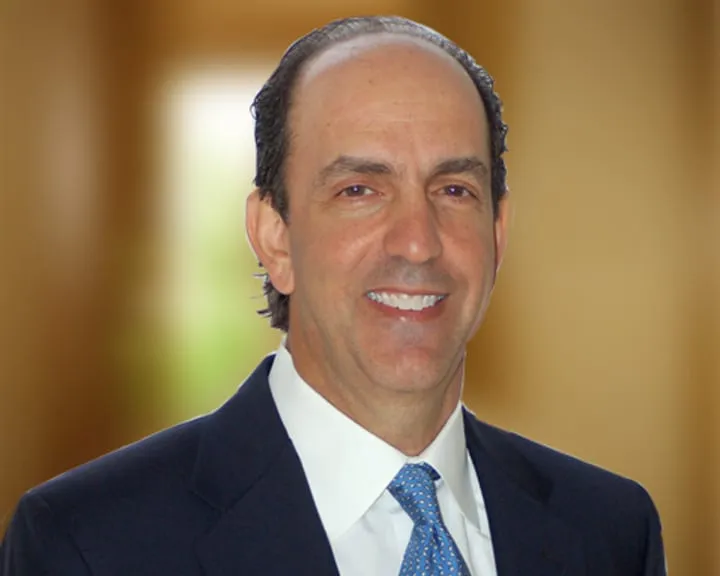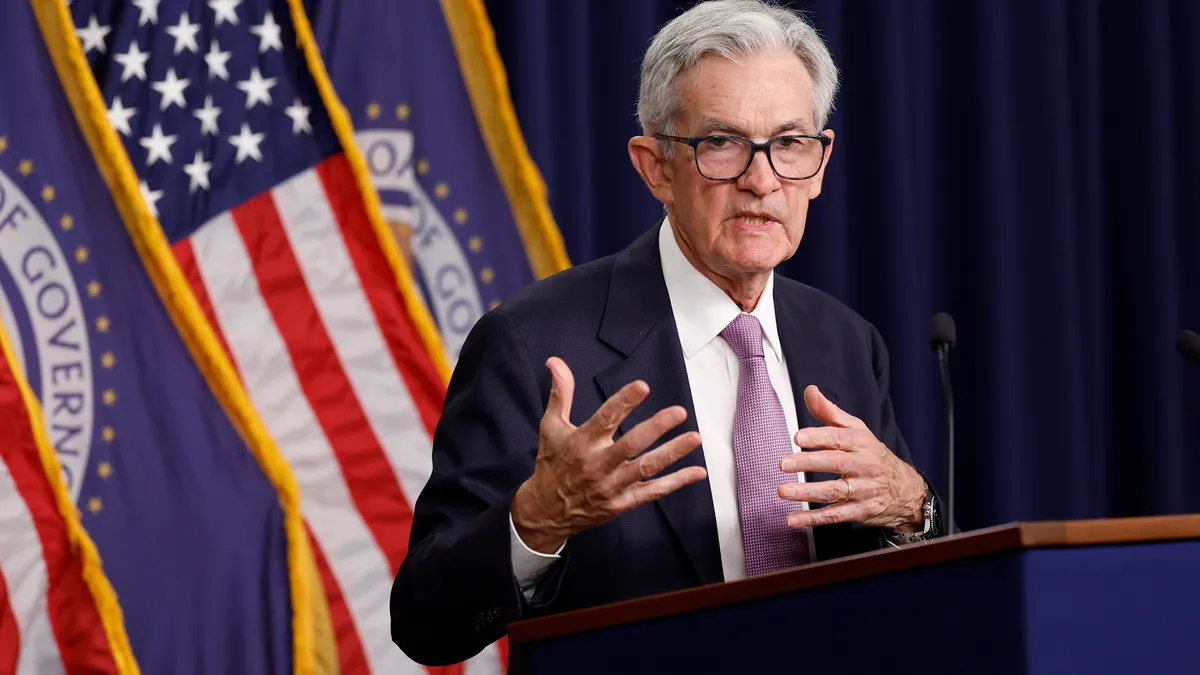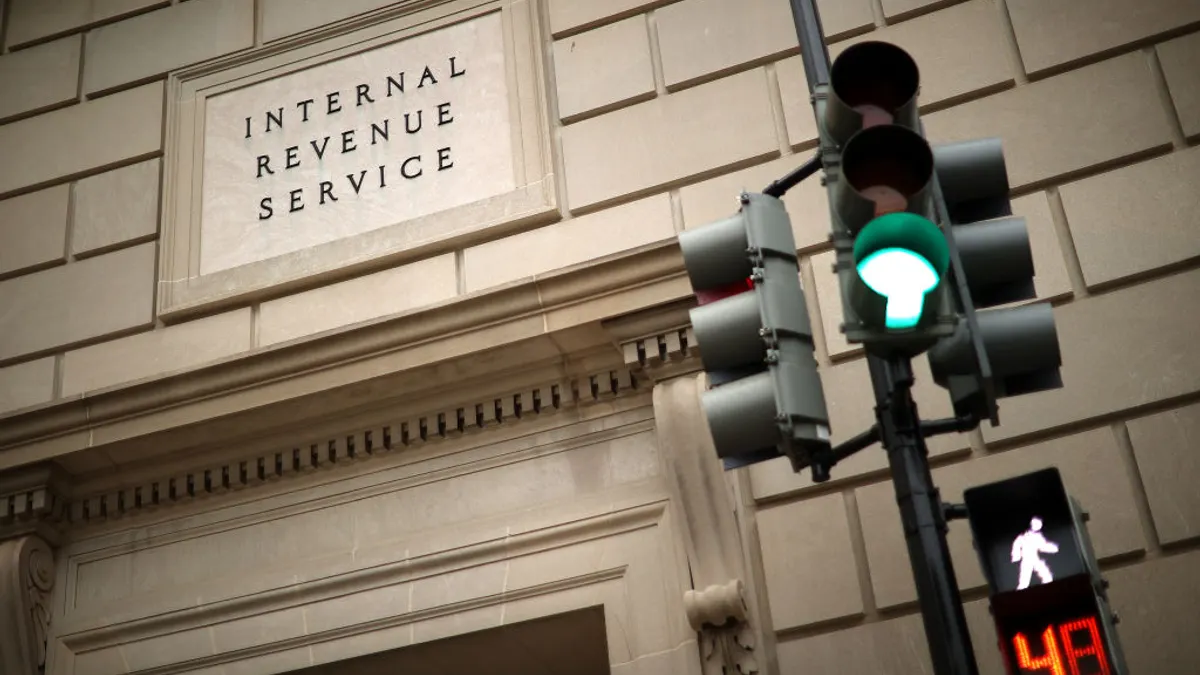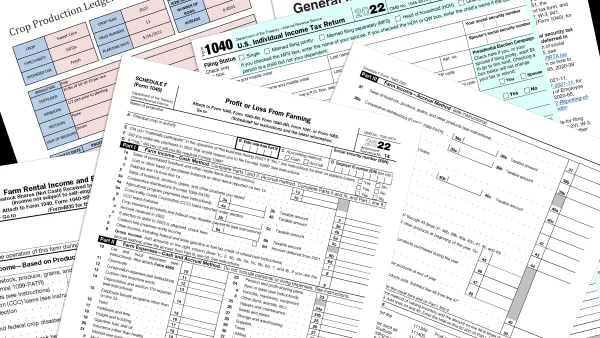After the Federal Reserve cut the main rate a half point on Sept. 18, many finance chiefs got a quick dose of financial relief: Immediately CFOs at companies holding floating rate debt adjusted their cash flow projections to account for decreased interest rate expense, said Nick Araco Jr. CEO of The CFO Alliance, a subscription peer network for finance leaders.
Other finance chiefs looked past the single cut to its broader slower-rolling impact on longer-term strategies, while also taking comfort in what they saw as a new lower-rate era signaled by the Fed’s projection that the federal funds rate will drop to 3.4% next year and 2.9% in 2026.
“If you look at the dot plot at the end of this year and next [the Fed] is anticipating getting to around 3%...that I think for us would be a Goldilocks kind of environment,” said Tom Panther, CFO of payments player Corpay, noting that’s where the Fed doesn’t have to overcut or be restrictive. Lower rates also give clarity about the economy’s “direction of travel” and help Corpay’s customers to grow. “What the Fed articulated and foretold was they’d get to the glide path and that’s good for us,” he said.
Exactly what happens next and how that tailwind and other rate-cut fallout will boost or pressure finance teams may take some time to emerge. Several CFOs told CFO Dive they had not made any changes to their debt stack in the wake of the cuts yet, but they are reviewing the fresh opportunities that the falling cost of capital generally gives them for new strategies going forward. CFOs are contemplating their debt and cash positions, as well as their hedging and merger and acquisitions strategies — and their own customers’ reactions.
“Most CFOs are currently monitoring for any behavioral changes in both their suppliers and customers before capitalizing on bigger opportunities or mitigating longer-term risks associated with rapidly changing financial conditions,” Araco said in an email response to questions.
CFO Dive asked Panther, CFO of Atlanta-based payments company Corpay, Omar Choucair, CFO of the Dallas-based financial close software provider Trintech, and Jim Cox, CFO of Boise, Idaho-based Clearwater Analytics, an investment accounting solution provider, how they are thinking about their debt and strategies in the wake of the cuts.
No “course correction” needed
Already Panther’s Corpay will be saving about $15 million (after factoring in interest rate swaps) annually as the cost of holding variable rate debt comes down due to the half point cut, he said. The company has roughly $7.3 billion on its balance sheet and $3.54 billion in cash, cash equivalents and restricted cash as of June 30, according to its annual filing.

All the company’s debt is tied to the floating Secured Overnight Financing Rate benchmark. But Panther said the company has protected itself from rate volatility by using hedges or interest rate swaps that it has put on since about 2019. The company’s swaps strategy effectively turned about $4 billion of the company’s debt into fixed-rate credit, agreeing to pay a fixed blended rate of roughly 4%, Panther said in an interview.
For now, the company is keeping the swaps in place and not unwinding them as the position is “still in the money” and Panther will keep them in place even though the positive carry on them has compressed in the wake of the rate cut. “We don’t think of interest rate swaps purely as just the process of reducing our interest costs,” Panther said, noting that they’re a risk management technique that keeps interest expense at a comfortable level.
“We want to run the company as a corporate payments company and don’t want to be susceptible to the ebbs and flows of the interest rate markets, so we try to design the balance sheet, again tilted toward a reduction in interest rates because that’s where we thought the wind was blowing, but we don’t wake up every day trying to figure out what interest rates are going to do,” he said.
Looking ahead, Panther’s not in any hurry to unwind those swaps or refinance term loans, which don’t mature until 2027 and 2028. “Part of the reason we’re not scrambling to do something different was this is all within the realm of what our analytics and modeling were anticipating,” Panther said of the Fed cut. “So there’s not a course correction that we need to make.”
Shifting to longer duration
For now, Clearwater Cox CFO said his company has much more cash than debt along with no plans to refinance in the new falling rate environment.
As of June 30, the company reported it had a $48.1 million debt balance under a new credit agreement compared to $297.6 million in cash, cash equivalents and investments, according to a securities filing. Cox expects to refinance the floating rate debt, with its rate indexed to SOFR plus a margin of 1.75, in about two years.

“Right now I’m not worried because I believe interest rates will continue to go down into 2026 and so we’ll wait and expect to refinance closer to the end of the term of our debt,” Cox said in an interview, adding that he believes he could now get 10 times the debt the company currently holds if it chose to do so. “We would only refinance it if we were doing something strategic that would require us to borrow.”
Where Cox is making changes due to the falling interest rates is on the asset side of his portfolio. The shift is linked in part to the inverted yield curve — a relatively rare circumstance where the market’s anticipation of slower future growth or a recession leads short-term yields to rise higher than long-term yields — that has prevailed since 2022 until recently, according to a Morningstar report.
Cox said Clearwater and many other companies starting at the beginning of the summer began moving their investments into vehicles with longer terms that now pay more, with the average term extending to roughly 18 months from 12 months. For example, Clearwater’s total long-term debt rose to $39.7 million as of June 30 up from $21.4 million at the end of 2023, while the total value of its short-term investments ticked down to $67.8 million from $74.4 million over the same period, according to the company’s 10-K filing.
“Basically, what’s happening is corporate treasurers, as their investments were maturing, weren’t replacing those investments with the same tenor,” as everyone was anticipating the rate cut, Cox said, adding that with the fed rate cut companies will once again largely get paid more for a longer-term investments. At Clearwater, Cox said he will continue to make that change. “We made that shift in the first half of the year and we’re not done,” he said.
Sparking M&A
The privately-held Trintech is in the camp of not making any changes to its capital allocation or operating strategies in the wake of the rate cut as it was anticipated, CFO Choucair said. But he does expect that the Fed’s action itself will ultimately spark transactions in the market.

“While the market had essentially priced in the recent rate cut, many finance executives appreciate the finality of the 50 bps rate cut,” Choucair said in an email response to questions. “Accordingly, company management could become more aggressive on refinancing existing debt, accelerate M&A plans and review more aggressive capital allocation as they review near-term forecasting.”
Among the moves Choucair expects: large corporations will continue to look to the commercial paper market to strengthen their balance sheet while some mid-size companies will be restarting refinancing conversations with their bankers. Many of the moves impacts aren’t coming overnight: it may take until next year for companies to see the benefits of lower rates emerging in their after-tax cash flow, he said.





















